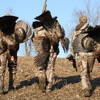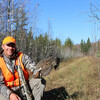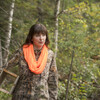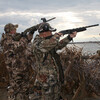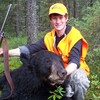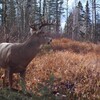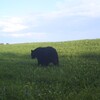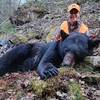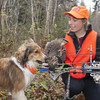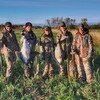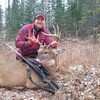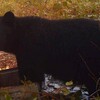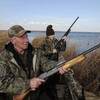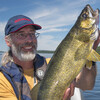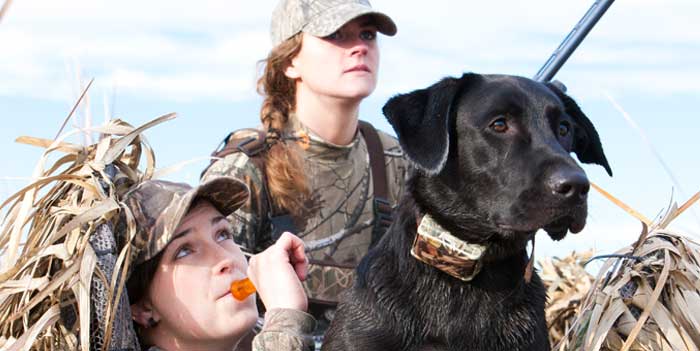Snow Hunt for Ruffed Grouse
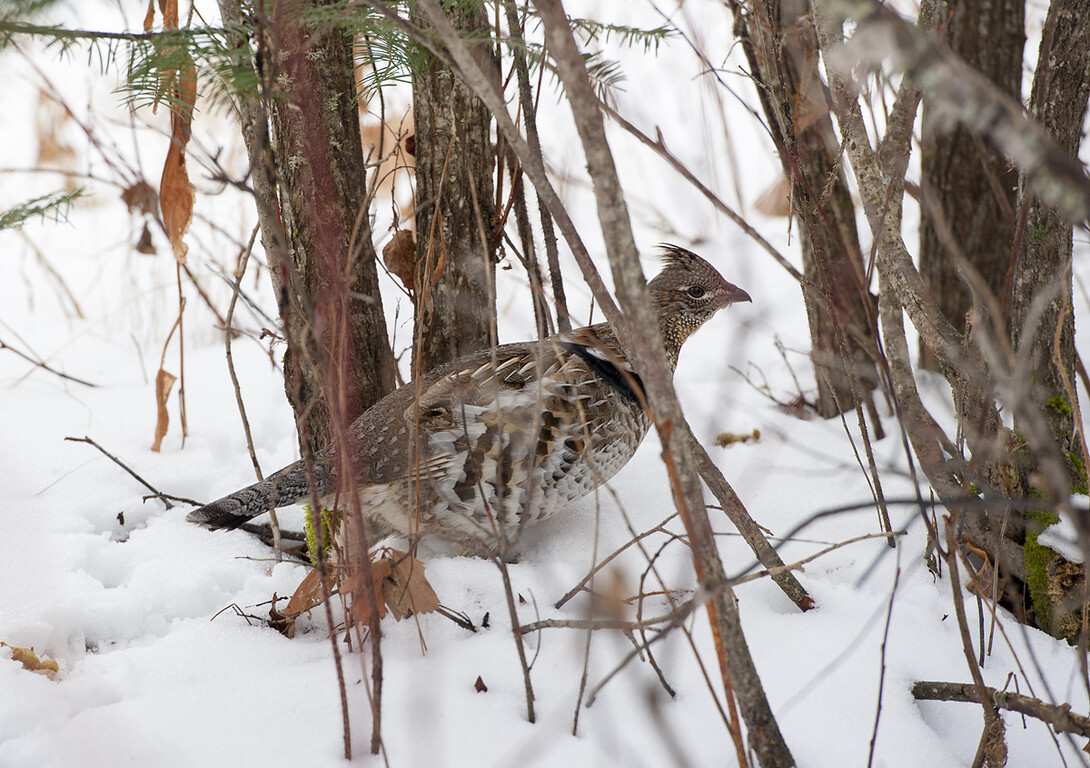
The season is generous for ruffed grouse. In most areas of Northern Ontario hunting starts mid-September and continues for a full three months. It stretches from the turning leaves of early autumn into the first blowing snows of winter. Grouse are not migratory birds and spend the winter in virtually the same areas they inhabit from spring to fall. Nevertheless, most hunters hang up the shotgun long before a blanket of snow covers the ground. But those who continue to hunt through the first snows enjoy a winter-like solitude disturbed only by active late-season grouse.
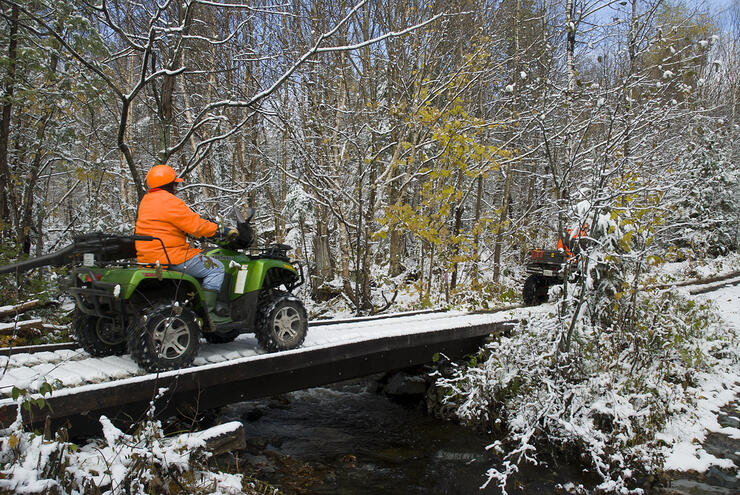
How we access grouse territory after a snowfall depends a lot on depths, but we can walk forest trails or drive bush roads in a truck or ATV, as we would earlier in the season. If snow depths warrant, we can get around on snowmobiles, snowshoes, or even cross-country skis. It can be a beautiful time to be out in the woods. Not only does a layer of snow add a new element to the scenery, but snow betrays the whereabouts of birds. A snowstorm may drive grouse to cover, but a sunny morning draws them out again. Although easier to spot against a white background, a hunkered-down grouse can look a lot like an old tree stump. But the one thing they can't hide is their tracks.
The Right Direction
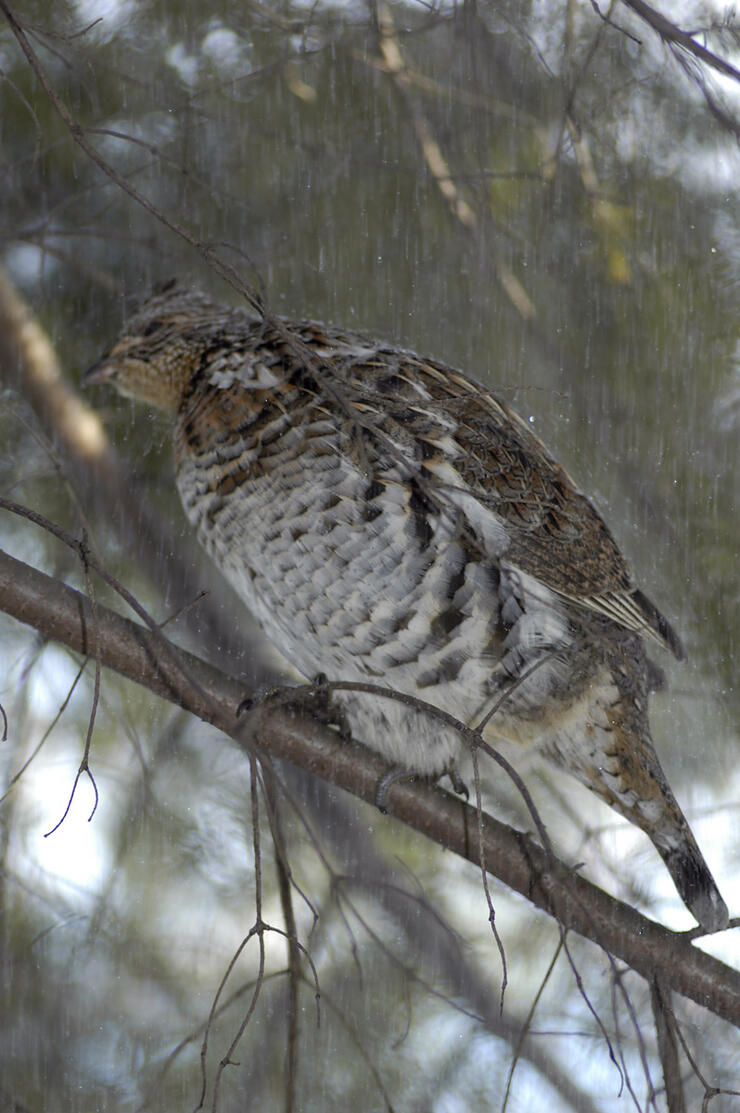
Tracking seems an odd strategy for bird hunting, but grouse are reluctant fliers. We’ll rarely see a grouse soaring the updrafts in majestic flight; they would much rather walk. Lightly pressured Northern Ontario grouse erupt into erratic flight only when they absolutely have to.

In prime areas, the number of tracks we will come across is amazing. Tracks give a pretty reliable indication of just how many birds are out there—birds that would go undetected on the warm, dry earth. Even if we don't spot a grouse, the hunt is charged with a new intensity when we know there is quarry in the vicinity.
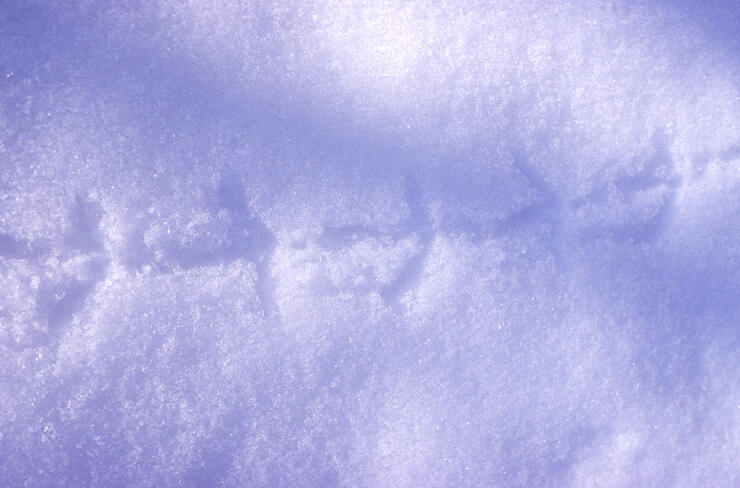
Identifying grouse tracks is the first step. A single print appears as a 3- to 4-cm triangle in the snow. Before following a grouse track we must figure out which way the bird is headed. A grouse's feet have four "toes," three pointing forward in a fan pattern and one straight back. The resulting triangular print points in the opposite direction to the bird's travel. This is not always easy to determine in fresh powder.
When in Doubt, Look up
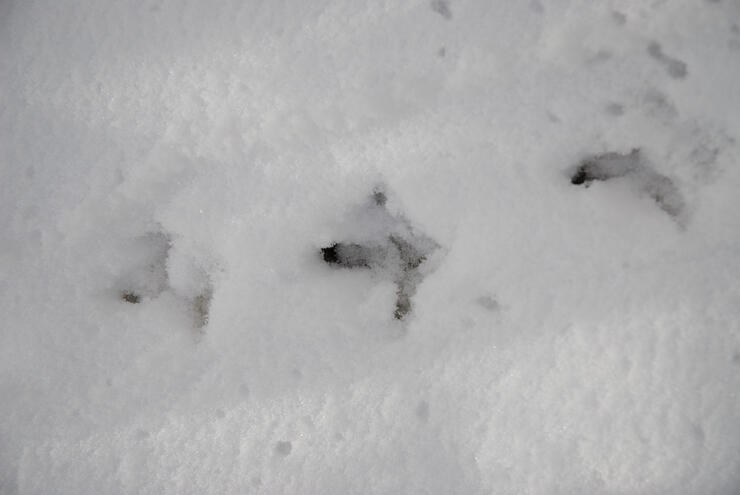
A fresh print has the sharp outline of recently disturbed snow. An old track appears rounded and smooth and is not worth following. Prints that are very close together often lead to endless backtracking, burrowing under deadfalls, and wedging through thick alder growth. But when prints get farther apart and the tracks straighten out, we can be sure that a striding fowl is making a break for it.
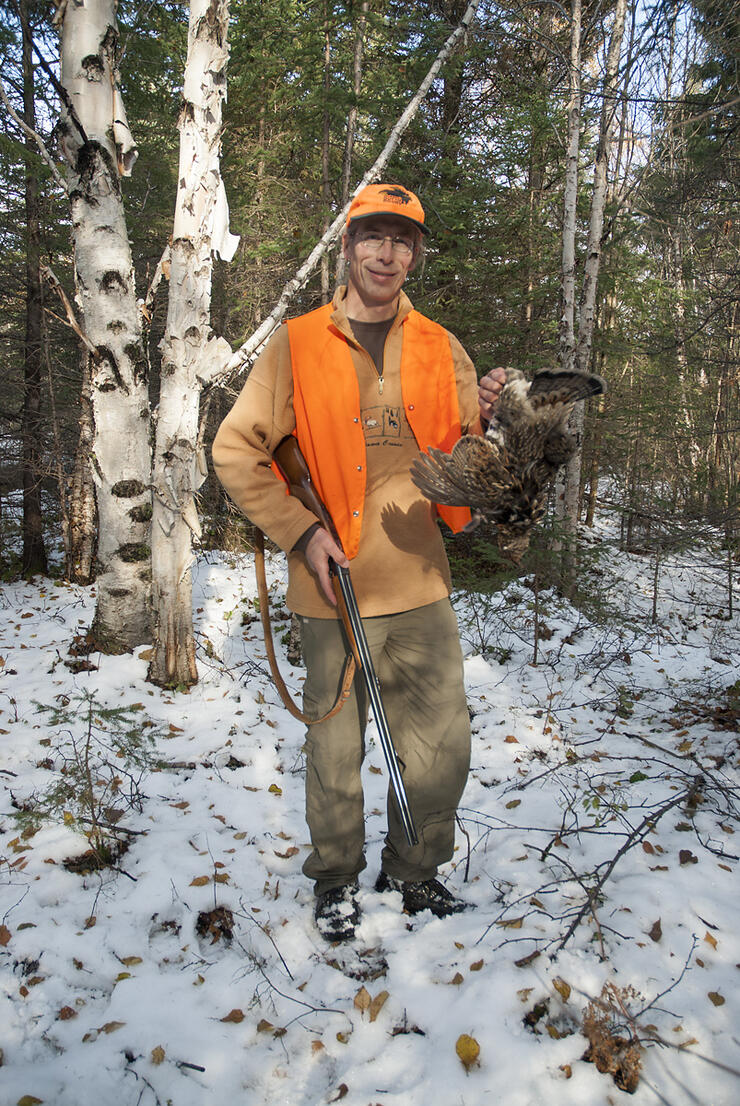
The act of tracking can make us forget that these creatures have the power of flight. I have spent some time scratching my chin, standing over a set of tracks that simply ended. The thunder of beating wings from a branch above jolted me back to my senses; if the tracks stop suddenly, look up. They are birds, after all.
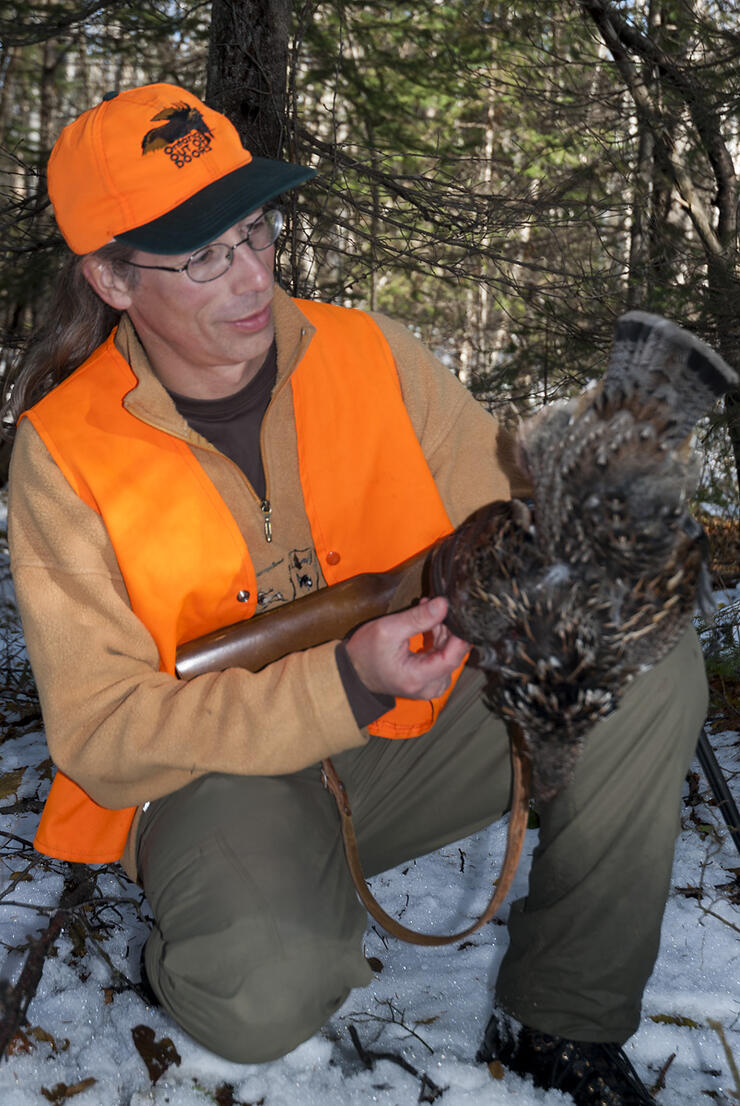
The quest for grouse is a great excuse to get out into the forest during the initial donning of its winter disguise. Not only is it a magical time of year, but a telltale layer of snow reveals the tracks of high-stepping fowl and points us towards good hunting in white wilderness solitude.
Recommended Articles
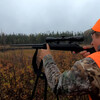
An Unforgettable Moose Hunt by Boat
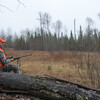
The Beauty of Blinds
Deer Hunting with Border Country Outfitters
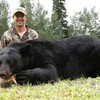
Crossing the Border into Canada
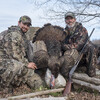
Turkey for Lillian
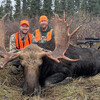
Remote Shoreline Moose Hunting
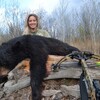
Close Encounters with Ontario Bruins
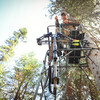
Setting up for Bear
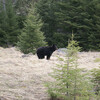
Bear Hunt Experience
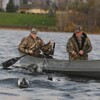
A Heritage Hunt
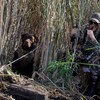
Rondeau Bay
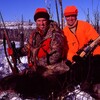
Nipigon Moose
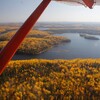
Father and Son Fly-in Moose Hunt
Hunting Water for Moose
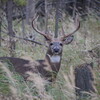
Spring Scouting
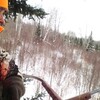
Understanding the Whitetail Rut
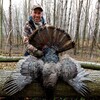
Turkey Lessons
Moose Hunt Magic
Is an All Day Deer Hunt Worth It?
